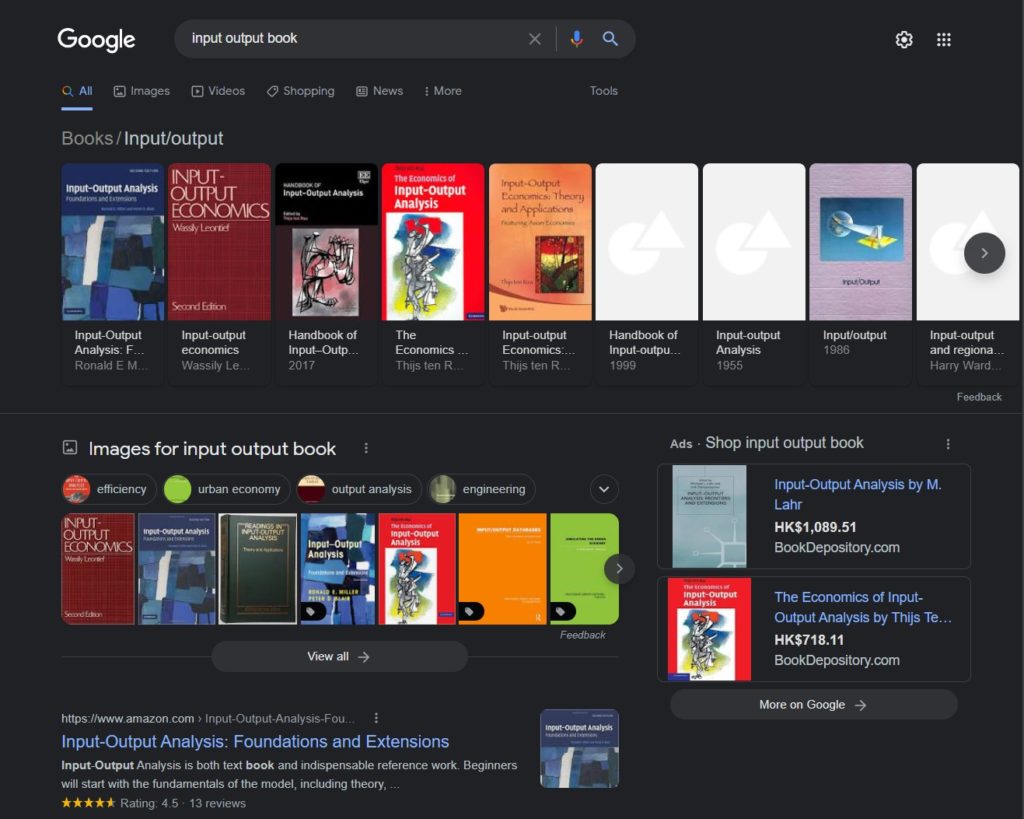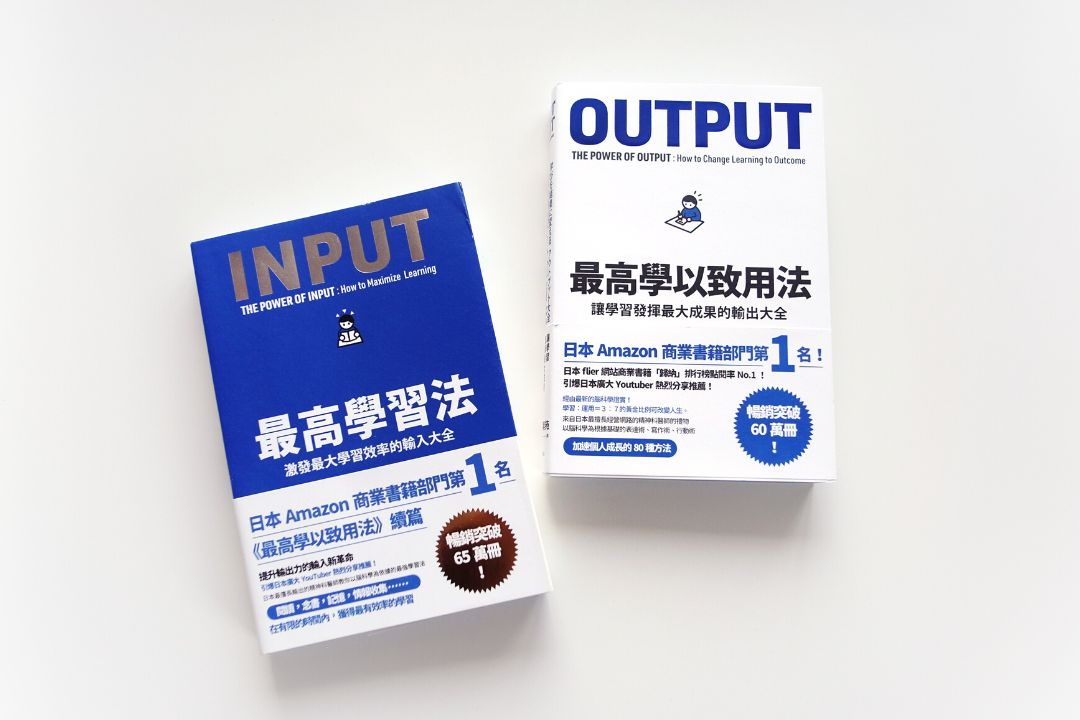How Input and Output can change the way we learn
The other day when I was taking the MTR, I overhead a conversation between two strangers (probably from a book club or something). One of them mentioned a set of books called Input and Output. She talked about how it’s a bestselling book on Amazon and that she highly recommended it.
When I heard it, I was a little curious because, from the title, it’s hard to guess what the book was about. I almost wanted to go up to her and ask, but unfortunately, I missed the chance cause they got off at the next stop.
With the book title still in the back of my mind, I tried to go home and search for it. I hopped on Google and typed the keywords “Input Output book.” I wouldn’t have guessed the results. Economics textbooks. I tried adding “Amazon Bestseller.” More textbooks. So I gave up.

Then one day, I dropped by the bookstore, as usual, to check on what was new. And there it was, sitting under the bestselling bookshelf. The lady on the MTR was right, it’s an Amazon bestseller…but in Japan. It’s so popular that it’s been translated into Chinese. (Unfortunately, I couldn’t find an English translation)
What the book is about
After I found the book, I skimmed through it to see what it was about. In short, it’s a book filled with techniques to help boost your learning through various aspects (i.e. reading, listening, watching, etc.) and the role of Input and Output in learning.
Book Titles (both written by Shion Kabasawa)
- The Power of Input: How to Maximize Learning
- The Power of Output: How to Change Learning to Outcome
For readers who are interested in the author, Shion Kabasawa, here is his YouTube Channel
How Input & Output can change the way you learn
Most people might think learning is all about input. When you read a book or listen to a podcast, you’re taking in new information. You might think you’ve learned something, but most of the time, it slips out of your mind within a day or two. And that’s perfectly normal. So how can we retain the new information we’ve acquired?
It’s simple. Output.
Let’s say you watched a TED talk about something interesting. This is considered the input. The easiest way to remember what you’ve learned is to write it down. Make notes with a pen and paper or scribble something on your iPad. Summarizing your newly acquired knowledge can help you understand it better. You can also jot down what actions you want to take after learning this.
Besides writing, you can also share it. Share what you’ve learned with your family, friends, or even your colleagues. Through sharing, you recall what you’ve read up on (or in this case watched) and make sure that you still remember it. You might have trouble recalling some facts the first time you share, but the more you do, the more familiar you are with the materials.
Another way of output is to take action. Apply what you’ve learned to your life. Follow the list of to-do tasks you’ve written earlier and complete them. This way it’s not just empty words that you’ve picked up. It’s meaningful knowledge that you can connect with and apply in suitable situations.
The last hurdle to prove that you’ve fully mastered it is to teach someone. When you teach, you’re organizing your knowledge in a simple and easy-to-understand manner for others. This challenges your understanding in the field and ensures that you’ve fully digested the information before passing it on.
For interested readers, here is a beautiful read by Kevin Cheung based on the book
Try to imagine a world without waste, where the oceans are crystal clear, and the air is crispy fres
Beauty sleep does more than make you glow. It can boost your immune system and keep your healthy. Bu
Craving for something sweet? Try this famous Japanese-style Fluffy Souffle Pancake recipe and pair i




